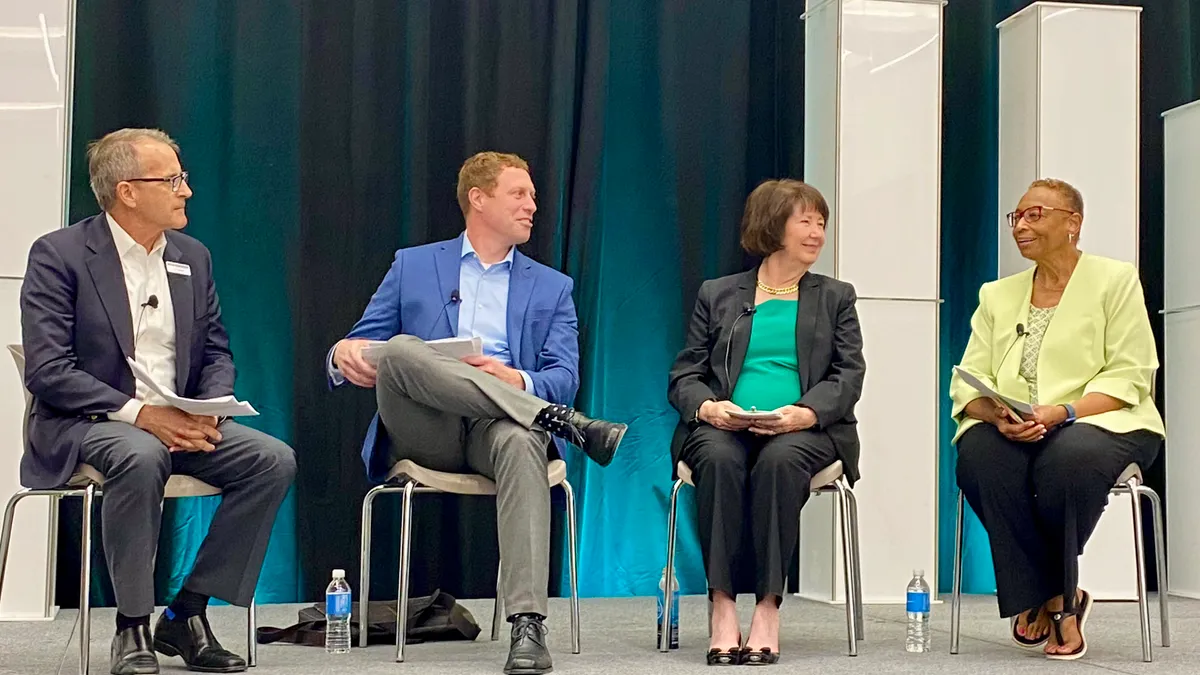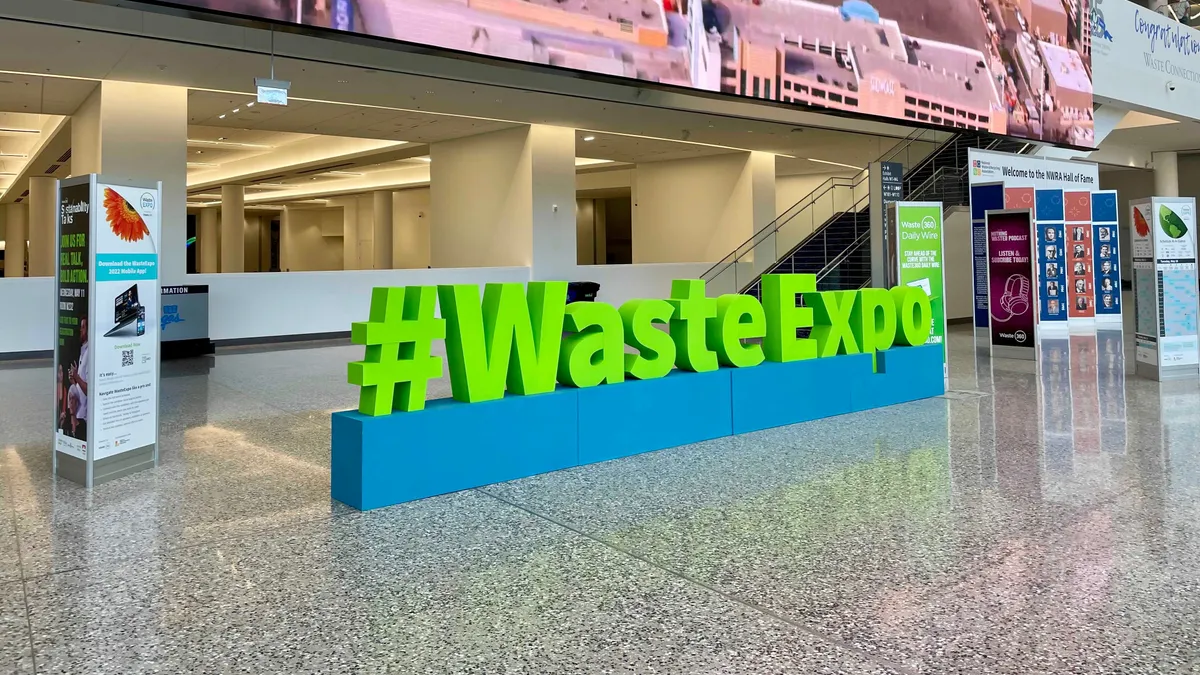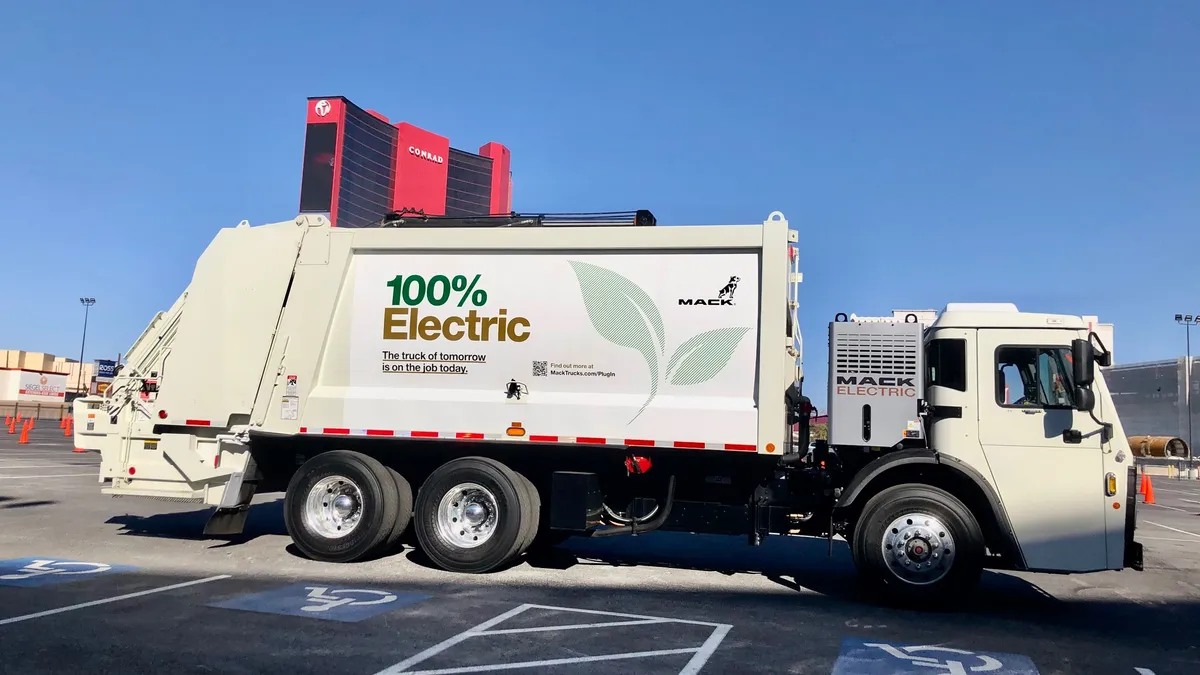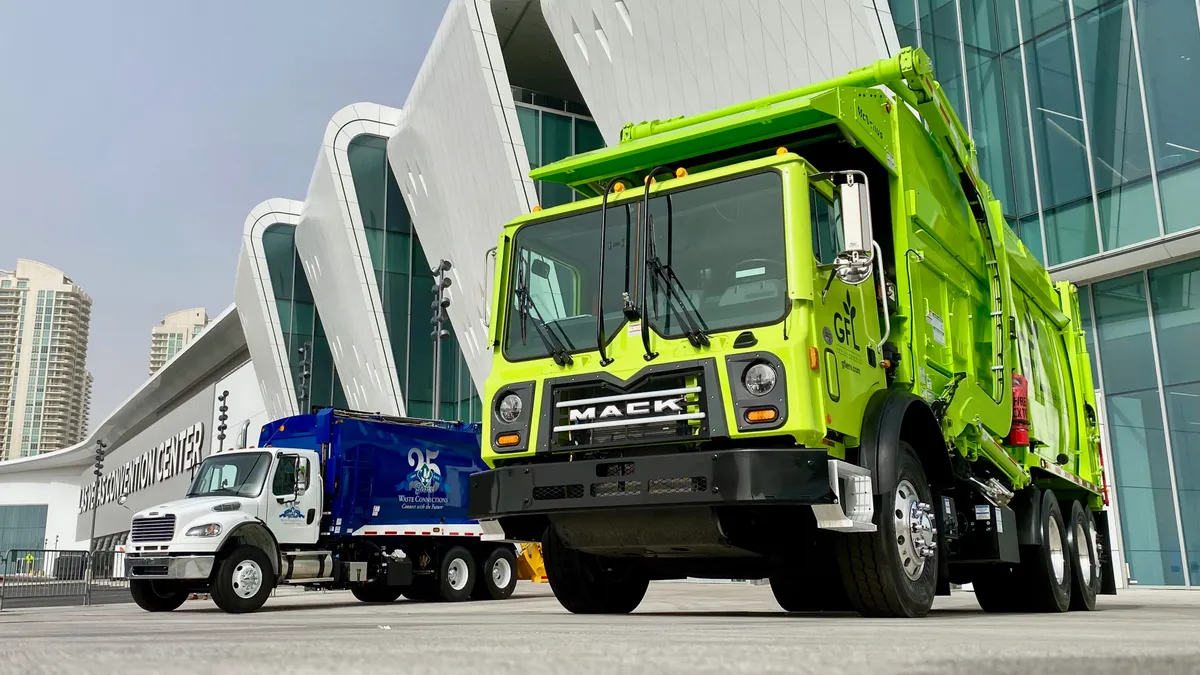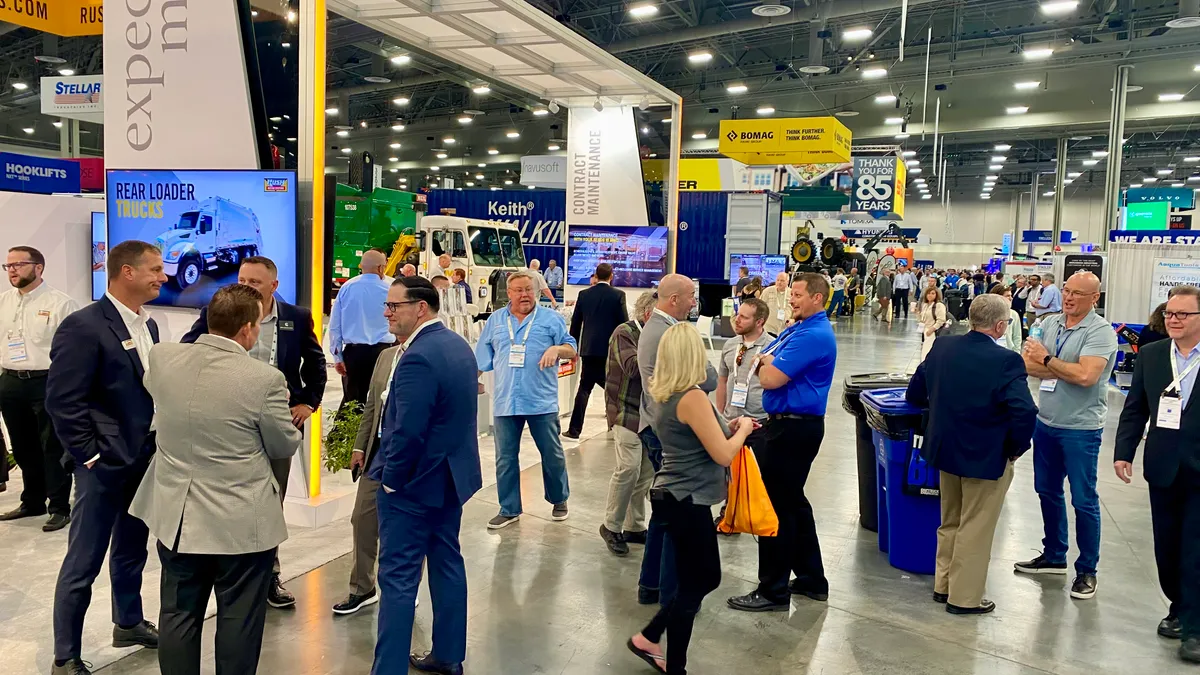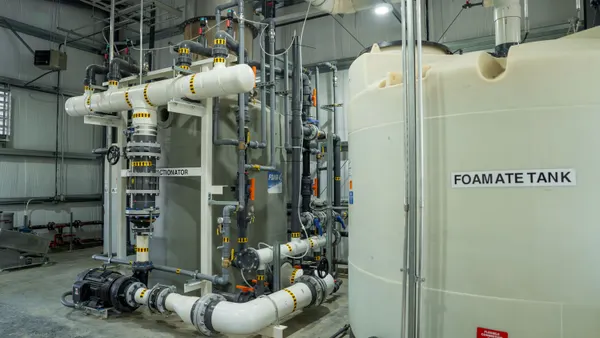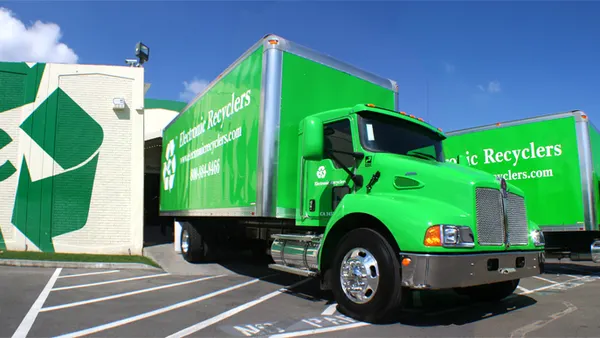Environmental justice has become a major talking point in the waste and recycling industry in recent years, but many companies are still unsure how the concept will translate into daily operations, said panelists at this year’s WasteExpo.
An informal poll at the beginning of a spotlight EJ session at the conference, held May 9-12 in Las Vegas, showed almost half of participants “sort of” knew what environmental justice is. The Biden administration and the U.S. EPA have made environmental justice a major priority, but many companies aren't clear what environmental justice really looks like in the communities where they operate.
“It’s complex,” acknowledged Keyna Cory, president of Public Affairs Consultants and executive director of the Florida Recycling Partnership. “But if we break it down, it’s the basic right to breathe clean air, to drink clean water and be pollution-free. In the solid waste and recycling industry, it is our responsibility to make sure that that happens in the communities that we're in.”
Facility operators must examine preconceived ideas they might have about the neighborhoods where they operate, said Michael Jensen, senior counsel and director of regulatory affairs for WM. He suggested looking into the history of the zoning in the U.S. and in the area to learn how racial discrimination in housing — known as redlining — may have influenced where families are able to live and why. People living in these neighborhoods may experience impacts not just from a waste or recycling facility, but also from other industrial facilities or pollution sources, creating overlapping environmental burdens.
“Certain communities have been forced into certain areas,” he said. “It behooves us all, in making decisions as to how to engage with communities, to know what those prior practices have been and what people's motivations are in those particular communities.”
Panelists urged operators to use the EPA’s EJScreen tool to get data about the communities where they operate. The tool provides data points on a given area’s demographics, socioeconomic indicators, possible health disparities, and proximity to notable sites such as Superfund or hazardous waste sites.
WM uses EJScreen data to update information on all its facilities it provides on the company’s ESG webpage. Other companies, like Republic Services, have used EJScreen data to respond to shareholder proposals calling for independent civil rights and environmental justice audits.
The tool is not just for large waste haulers, Cory said. “If you're a small operation, go use it. You will be amazed about the community you're in, and you can get to know them better and do more outreach to your community in advance,” she said.
Companies aren’t the only ones using EJScreen data, Jensen said. “It’s increasingly being utilized by communities and by regulators in looking at certain permitting decisions,” he said. More states and cities are expected to start updating laws to make them similar to one in New Jersey, which requires more public meetings and other EJ considerations when renewing permits. New York recently passed its own strict EJ law, which is awaiting Gov. Kathy Hochul's signature.
The EPA is also soon expected to roll out its Climate and Economic Justice Screening Tool, an additional resource that shows which communities the EPA marks as disadvantaged and overburdened by pollution, an indicator that could help add to companies’ understanding and data. The mapping tool is still in beta testing.
The waste industry shouldn’t wait for local regulations to dictate their actions or rely solely on data to drive their actions, said Anne Heard, the U.S. EPA’s senior advisor for policy and programs in the Office of Land and Emergency Management. Companies should start getting to know their neighbors personally and learn what their concerns and experiences are. “Follow the advice of that old insurance jingle: Like a good neighbor, your company is there,” she said.
Being a good neighbor is going to look different at each operation, but some ideas include hiring local workers, attending community meetings and responding quickly to any neighborhood concerns about truck traffic or possible noise or air emissions, Heard said. Other panelists suggested getting involved in community events and hosting facility tours.
When a particular neighborhood voiced concerns over its plans to convert a closed landfill into a recycling center, WM created a citizens' council for residents. “We thought the community would love our plan, and we were wrong,” Jensen said. WM did not have control over any aspect of the council, he added, and the group offered numerous suggestions WM incorporated into its plans. “That’s what worked for that particular project, but it might look different from place to place,” he said.
Being proactive about addressing possible EJ concerns before they even come up is a strategy that can help build better community partnerships, said Bob Spurgin, president of consulting firm Spurgin & Associates, at a separate panel about EJ in the medical waste industry. That means not assuming that a promise to meet local regulatory requirements is sufficient to get a permit for a facility. A company has to make the case for how it will benefit the community and why it has chosen that specific area, particularly if it’s known to be an overburdened one.
“When you site a medical waste facility and go to a planning commission, you have to remember it is more about the perceived risk than the actual risk,” he said.
Spurgin discussed how a large amount of medical waste fell off a barge in New Jersey in the 1980s, washing to shore and forcing beaches and local businesses to close. The federal Medical Waste Tracking Act went into place to prevent similar incidents, but high-profile protests from residents and environmental groups have made it hard to site medical waste incinerators to this day — not just in New Jersey, but in places like California, which has a couple of incinerators but largely sends its medical waste out of state, he said.
The environmental impacts of such mistakes can take years to alleviate, and repairing or building relationships with a community impacted by environmental injustices can take years as well to improve, Heard said. That means waste and recycling facilities must prove they are in it for the long haul and build their “good neighbor” practices into daily operations.
“This can’t be one and done,” Cory added. “You have to keep at it, be consistent.”



